GTG Links 49 – Bumper ESG data from Nintendo, Ubisoft, Embracer, Apple, SEGA, Squenix ++ AI impact news ++++ so much summer heat

This one's a MAMMOTH post – seriously it's like twice as long as the usual links posts, so let's get straight to it.
Nintendo's 2023 ESG data
Nintendo’s 2023 emissions data has been posted to their website – it’s a bit of a dog's breakfast, and there are several issues with what they're sharing. It's not quite up to modern global ESG disclosure standards so a little bit of interpretation is necessary.

First, there's a note at the bottom that adds "Scope 1 CO2 emissions indicate the amount after carbon offsets" – this is a problem because it distorts the underlying dynamic of fossil fuel use in Nintendo's offices. Are they using more or less over the past three years? We actually have no way to know, because what we're seeing is the numbers they want to display, as there's no data on the underlying offsets that have been purchased to arrive at these final numbers. That's why it's essential to keep offsets and credits separate from emissions in reporting – which was a key finding of this excellent new report on 'Governing Net Zero' from an Oxford Uni research team, which I may have more to say about later.
Scope 2 we also don't get a statement on whether these numbers are market-based or location-based (and ideally, if you're really following the GHG Protocol you disclose both), though they have been purchasing renewable electricity more in recent years – but sharing amounts in GJ rather than kWh is baffling. It makes it very hard to estimate the percentage of renewable power they've been purchasing. This many GJ of energy is probably around 12.3 million kWh so that's a lot of renewable purchased... but what percentage of the total power is that? We don't know, which is a shame, because I suspect it's quite a bit.

In Scope 3, Category 1 "Purchased goods and services" is the supermajority of Nintendo's Scope 3 impact – with "Use of sold products" (i.e. the entire user-base of Switch users) the next largest and it is a whole order of magnitude less. The method of calculating Scope 3 Cat 11 is described as "Energy consumption of sold products multiplied by years of use and the emission factor" which sounds like we're arriving at these numbers via rough estimates. There doesn't seem to be any detailed time-of-use data being collected, unlike Microsoft's X-box numbers. Yes, the Switch is the most efficient game console on the market but it would only help to know more about how players are using their device. We can do better than estimates.

Ubisoft's annual report + ESG disclosures
This one came out a couple of weeks ago [PDF] and I nearly missed mentioning it here because I got stuck in at the time but nearly forgot to post my thoughts here. Once again, it's thorough, detailed, and a great example of the dynamics that were affecting the underlying sustainability performance of the industry last year:
On the one hand, scope 2 emissions decreased thanks to an increase in the share of renewable energies. On the other hand, the resumption of normal activity following the effects of the COVID-19 pandemic on Group activities, and the lifting of restrictions on business travel, led to an increase in Scope 3 emissions.

Here's the split by categories – with the proviso that Ubisoft has been focussing on disclosing upstream Scope 3 only thus far. Even so, Scope 3 is still the lions share.
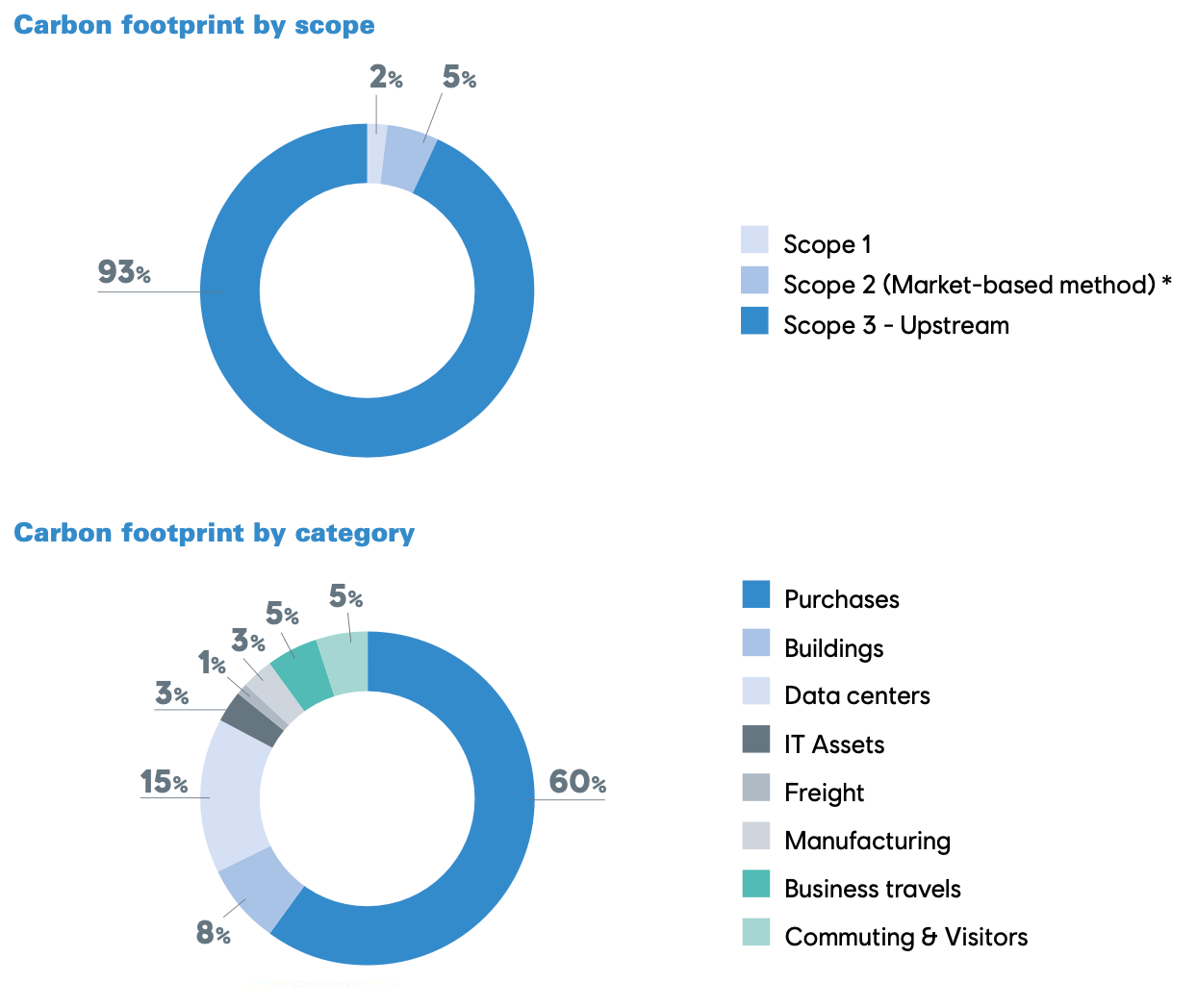
The forthcoming CSRD & ESRS are (on my reading) going to change that, requiring new disclosures of even downstream impacts, and Ubisoft have been looking at downstream end-user emissions, and for the first time we've got a figure for Scope 3, Category 11 "Use of sold products" (i.e. all the Ubisoft gamers around the world).
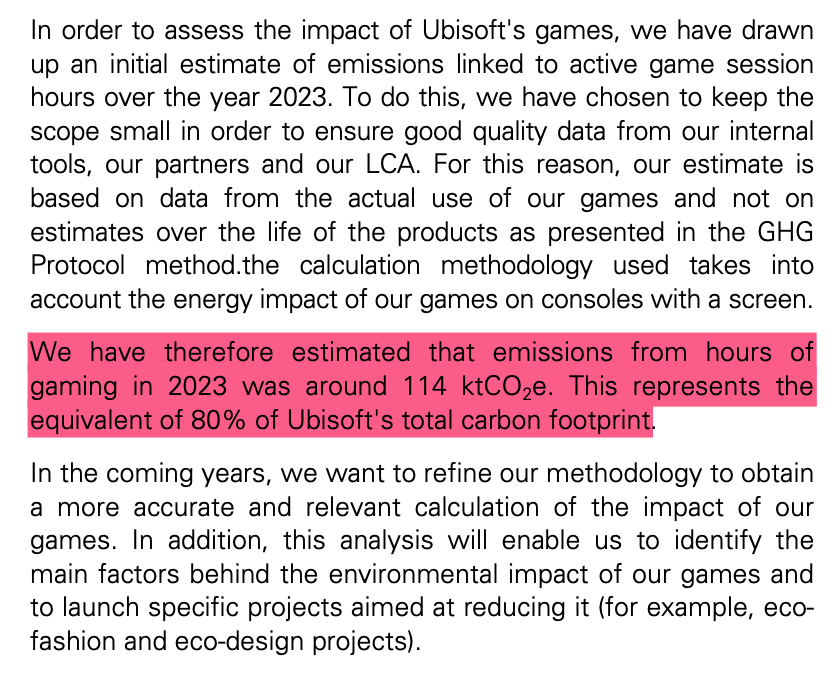
This is a much stronger approach than Nintendo's estimates earlier and is a great addition to our knowledge about the scale of game industry sustainability impacts and challenges. "You can't manage what you don't measure" is almost a truism, and risks becoming cliché at this point, but it's true. We need to know truthfully what our players are costing the earth so we can do something about it.
Embracer's annual report
Another titan of the industry disclosing their ESG data for 2023 – and we see a big drop in total footprint. This has happened while Embracer has closed and/or sold off parts of its business during the tumultuous last 18 months of the games industry. They're definitely no slouch, but it's hard to say without intensity metrics – per employee/per revenue for example – to know whether the dip is a result of strategy and effort or business fortunes. (So keep an eye out for our net zero snapshot in a couple of months for a possible answer!)

Apple ESG data & environmental report
Apple’s environmental report is also out [PDF] and, as usual for the trillion-dollar company, some of the numbers are gobsmacking in their scale – though this time it seems there's some cause for celebration as well, with Scope 3 emissions down by as much as 5 million tonnes of CO2e.
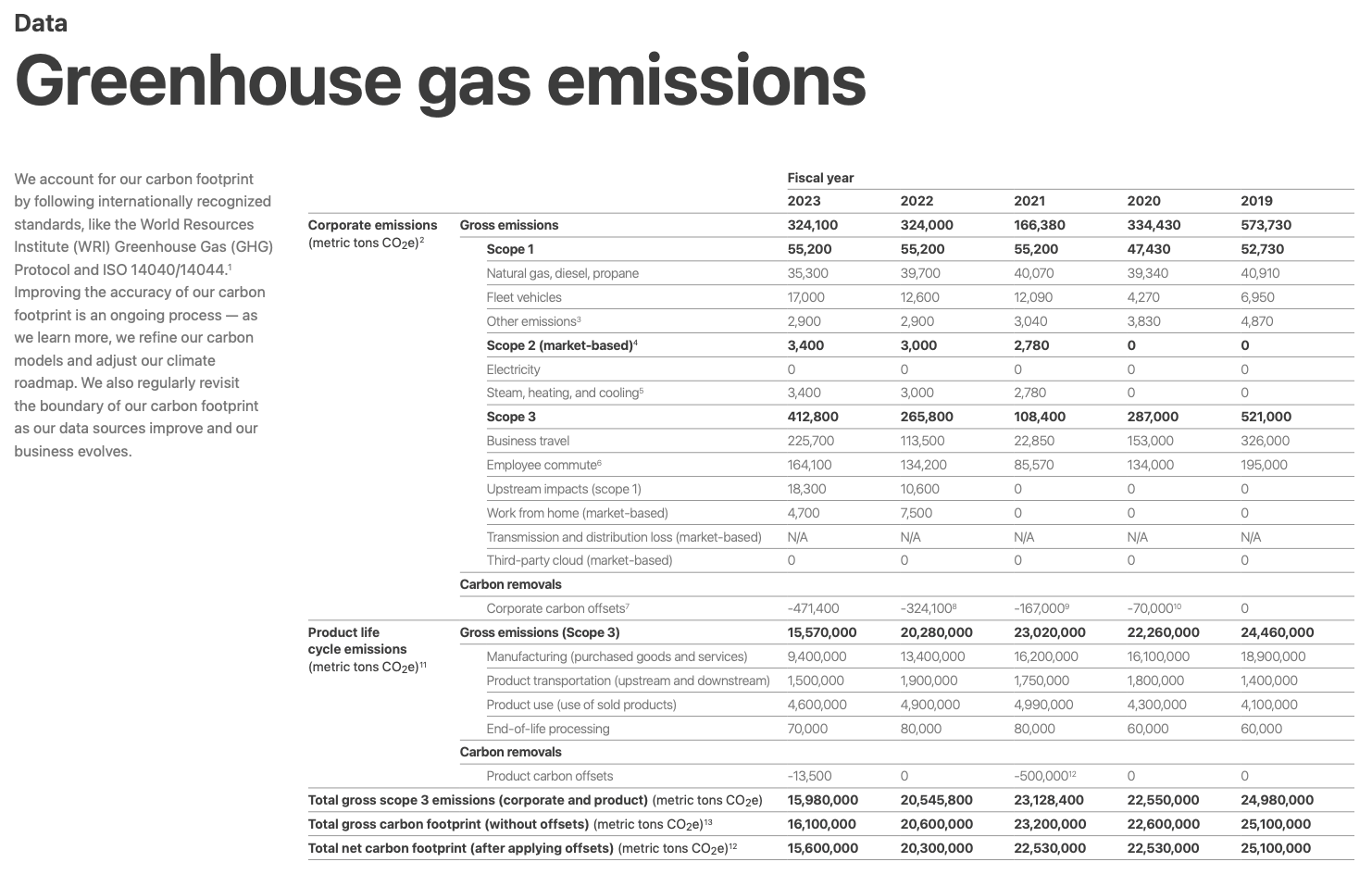
So while Apple's corporate Scope 3 emissions have doubled from 22-23, largely thanks to increased business travel, their Scope 3 product lifecycle emissions though are down and by a huge chunk. 13 million tonnes of manufacturing emissions in '22 were curbed to just 9 million in '23. The majority of this seems to be the fruit of supplier engagements, as manufacturers of displays for Apple devices, to phase out fluorinated greenhouse gases (F-GHGs) for lower global-warming potential (GWP) alternatives.
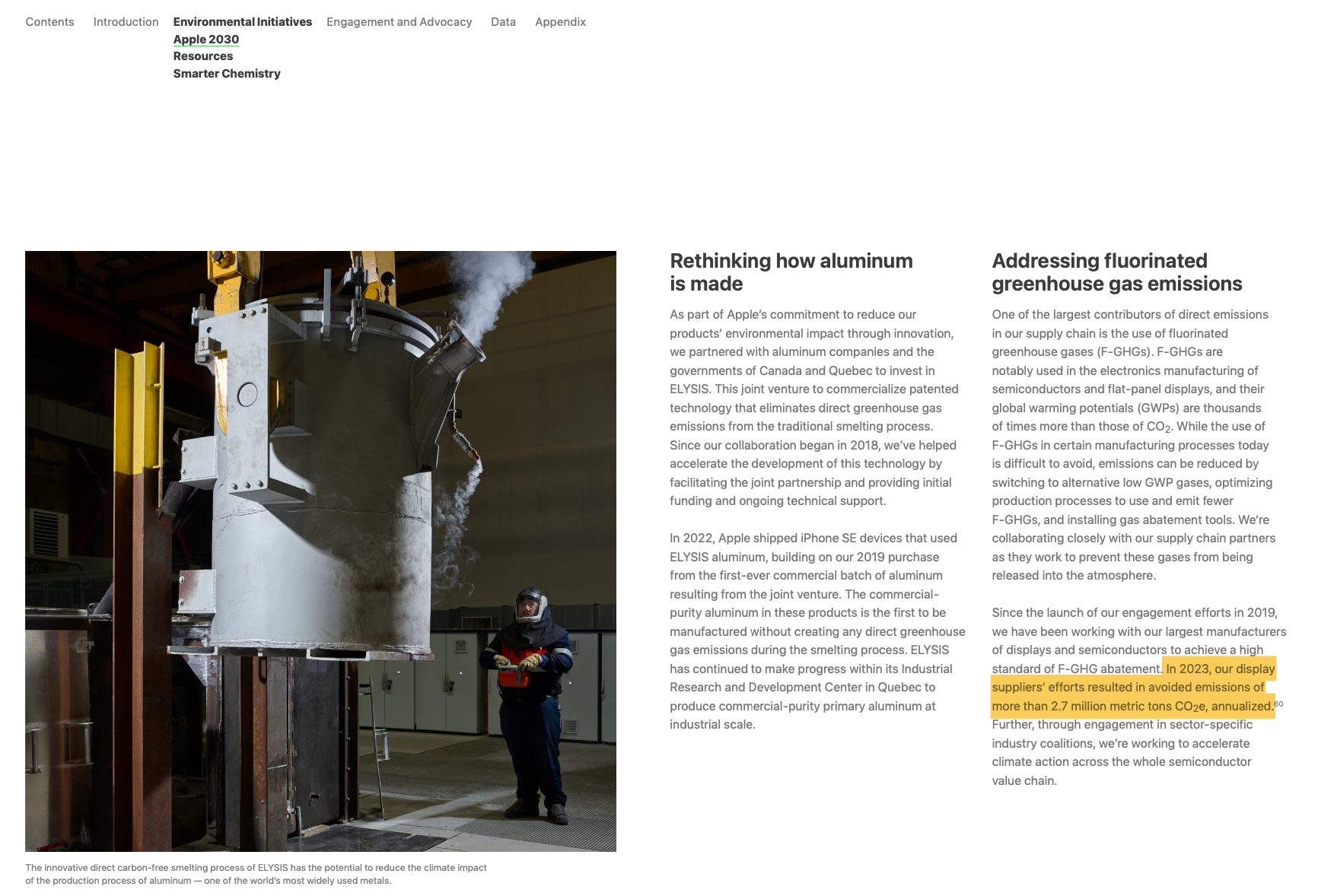
Apple is claiming a savings of 2.3 million tonnes of CO2 equivalent just from this work alone. This is actually a fantastic result, and not one I've seen reported anywhere. There's also zero mention of AI anywhere in the report???? Maybe they saw the press reaction to Microsoft & Google and cut it out.
There are also some very interesting details about how they're encouraging suppliers & manufacturers to reduce other emissions across the Apple value chain, as well as shifting more transport of Apple prodcuts via ocean shipping modes (rather than putting your new MacBook Pro onto a plane!) with huge savings as a result.
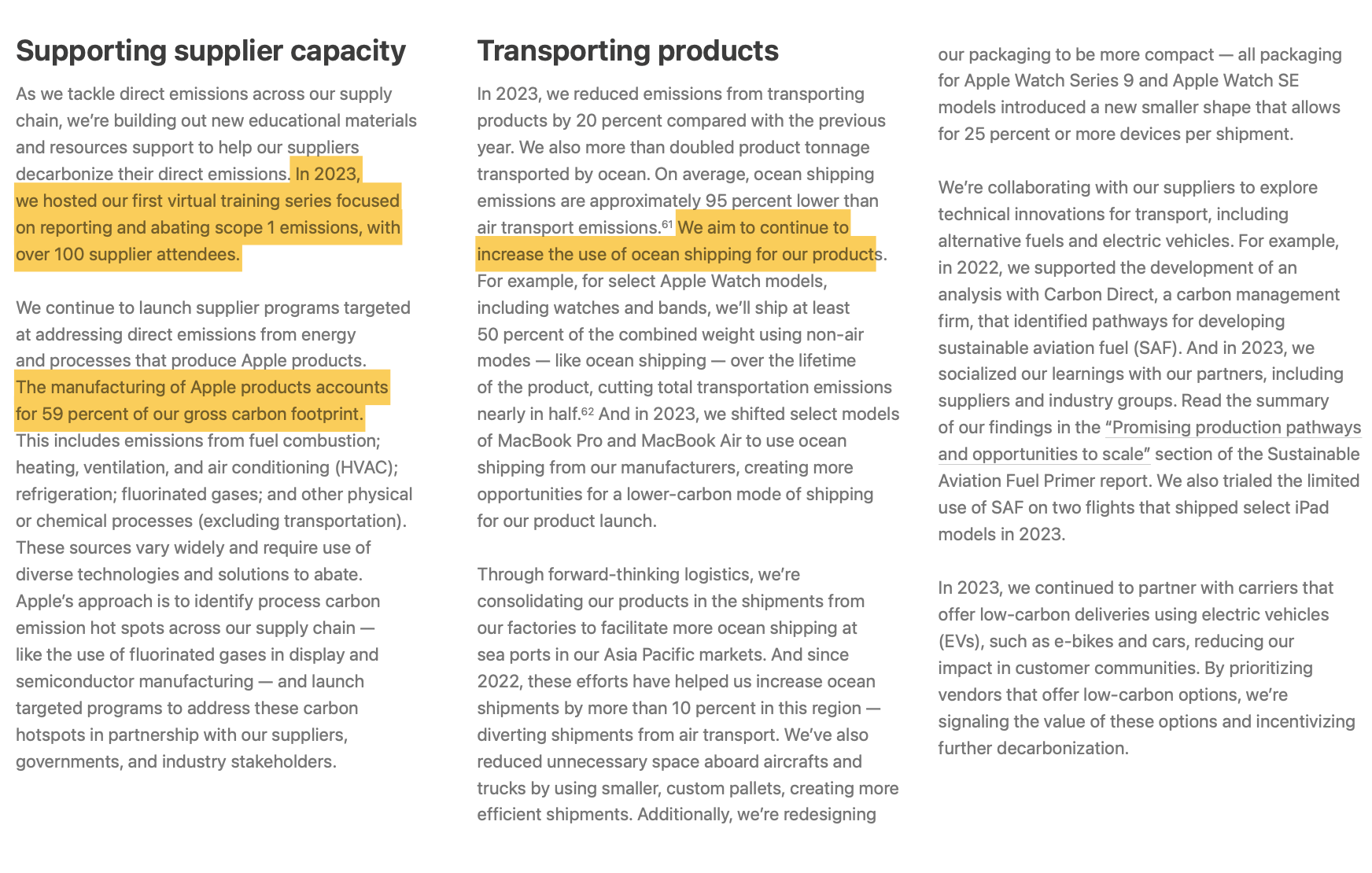
The report also touts the improved repairability of new Apple devices, and increasing access to repair services, which you can read about on pages 40-44. There's some good, systemic thinking and changes there that are positive.
The one thing that has annoyed me in this report though has been the reluctance to share a "location-based" Scope 2 figure. I had to dig through all the way to the end and into the independent assurance report to find out Apple's location-based Scope 2 emissions (i.e. purchased electricity, if it weren't covered by certificates of renewable generation). These are a slightly staggering 1.2 million tonnes of CO2e, compared with the official "market-based" Scope 2 figure of 3,400 tonnes of CO2e. There's still debate over the use of renewable energy certificates in some places, as there's a huge amount of uncertainty involved, but why not just include it in the main report so we can see for ourselves? This is not a problem unique to Apple, this is an everyone problem.
For anyone at our workshop this week on climate hazards (where we looked at water use in areas of water stress) – here's Apple tracking and disclosing their water consumption. That's a lot of freshwater! I want to see those recycled water numbers up – those are rookie numbers!
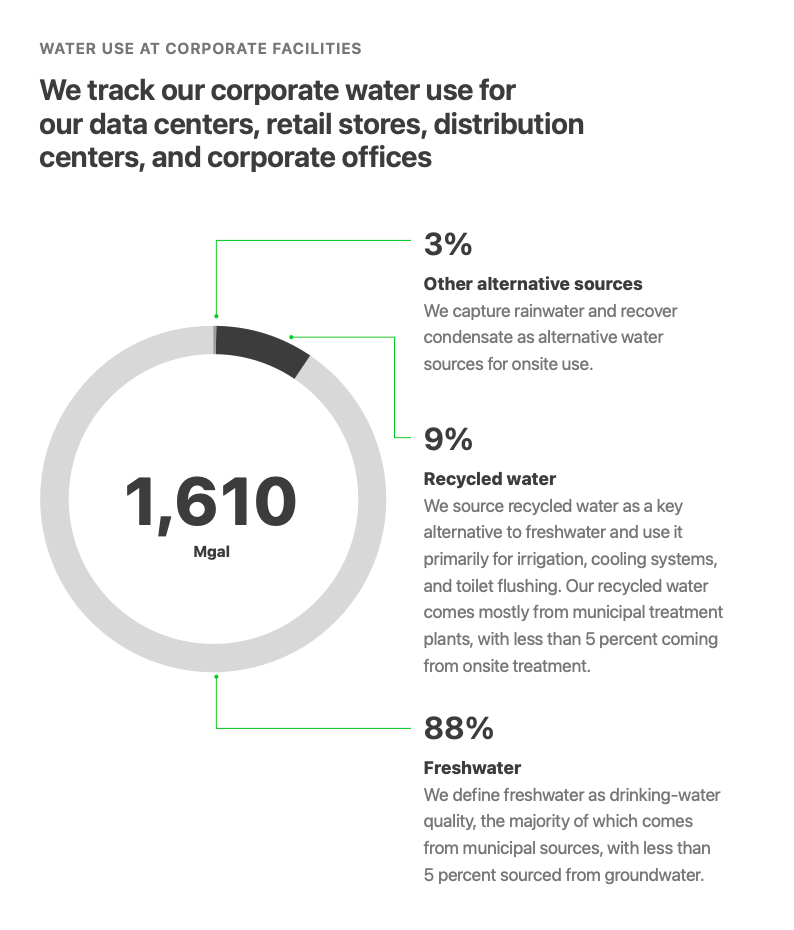
Check out the report and other ESG documents for even more crunchy details.

Square Enix’s annual report for FY up to March 2023 is out
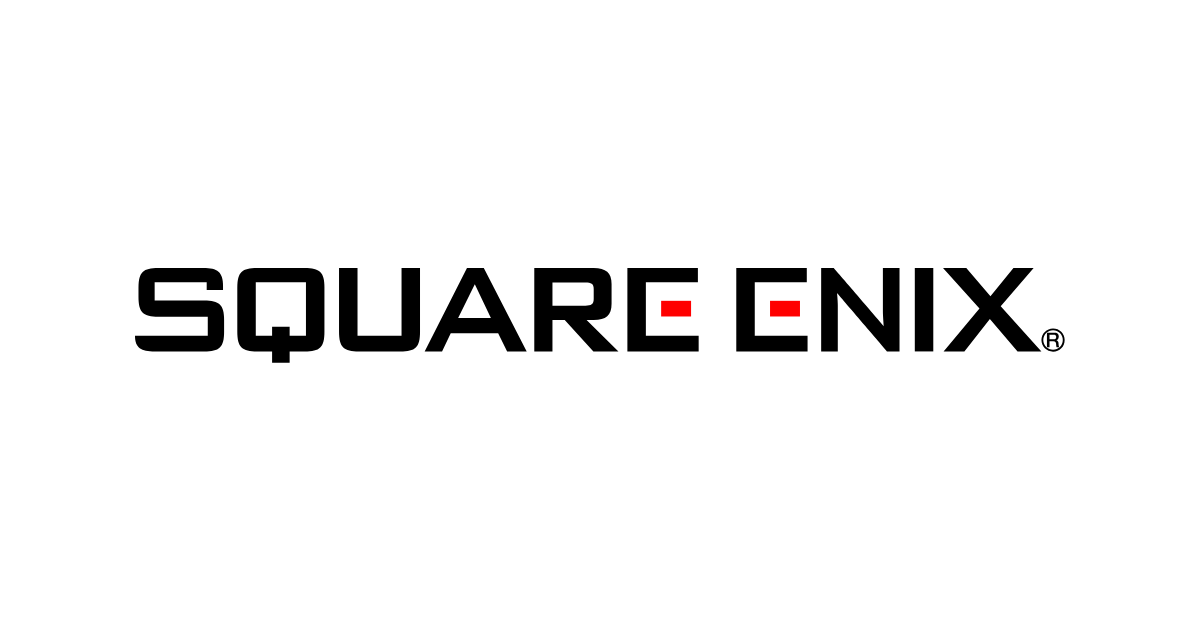
This only goes up to March '23, and as a result Square-Enix is a bit out of sync with other reporting timelines. But there are more substantial issues, including that they're only disclosing Scope 2 emissions from electricity use – nothing for Scope 1, and nothing at all around a single Scope 3 category. If I were an ESG-minded investor I'd be asking some hard questions about their long term exposure to transition risk, just personally. Looks like the Sustainability Standards Board of Japan have just (today even?) released a draft for comment on what could become mandatory disclosures which could shake things up in the Japanese ESG landscape:
The Exposure Drafts were developed under the assumption that the Sustainability Disclosure Standards issued by the SSBJ would eventually be required, under the Japanese securities laws and regulations, to be applied by companies listed on the Prime Market of the Tokyo Stock Exchange.
SEGA Sammy EGS data + a TCFD disclosure
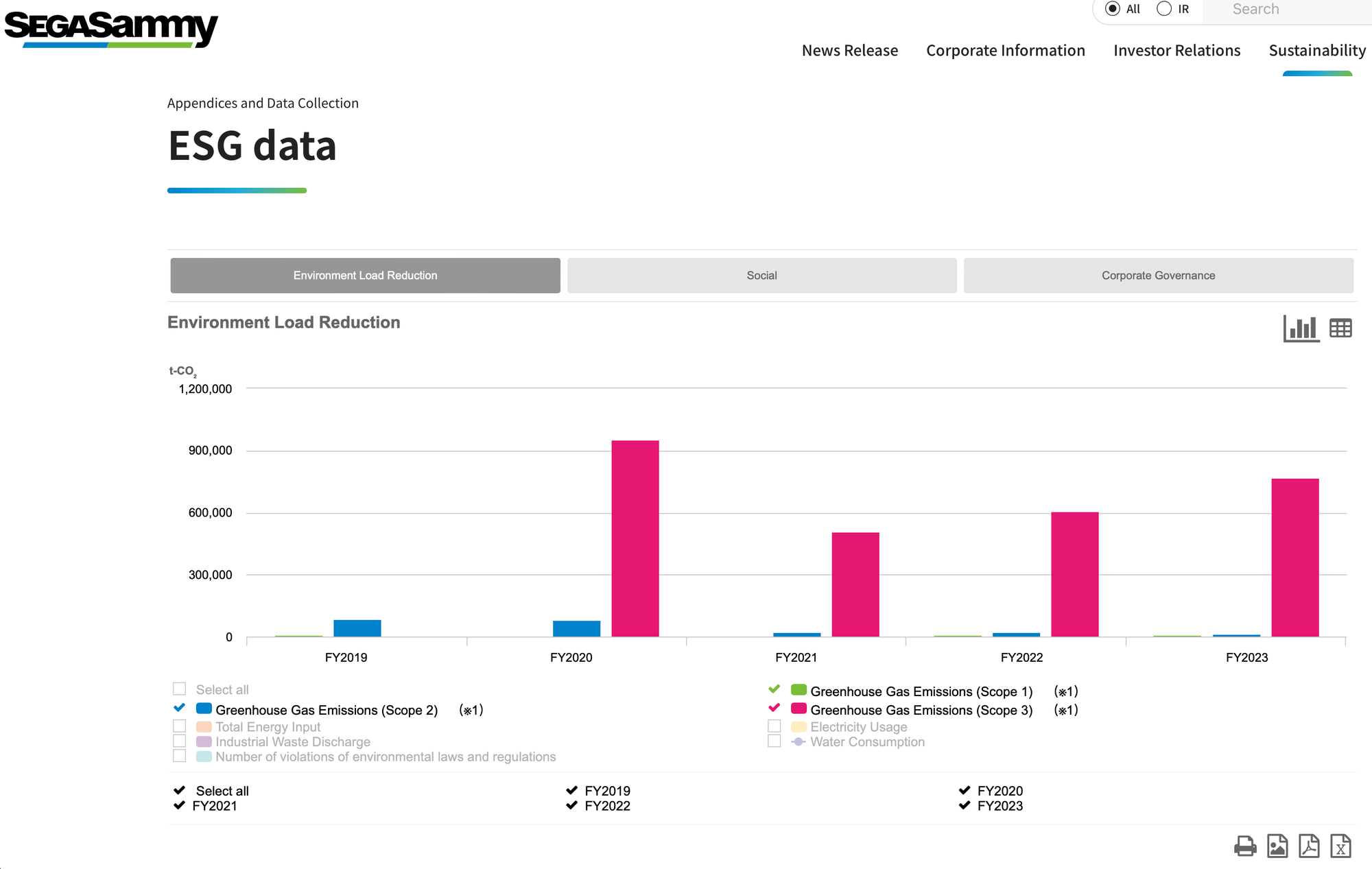
Just like Square, SEGA are on the Japanese financial year schedule so this is FY ending March 2023, but at least we can see some trends. Scope 1 and 2 emissions are down – though they're only disclosing market-based Scope 2, so again some uncertainty remains. Are they using less power, or buying more renewables? The implications for the underlying fundamentals are not identical – it would be beneficial to know more.

Okay, so that's all the games ESG reporting for now (that I've spotted at least, expecting a bunch more very soon) – I told you it was a BIG post this week.
PIRG look at repairability of gaming devices
The PS5 slim scored an F on the repair ability score, while the OLED Steam deck got an A. Pretty cool.

Nvidia RTX5000 TDPs higher than even the 4000s???
This is a hardly surprising, but it is a bit concerning for long term energy consumption in high-end PCs.

AI impacts popping off
Lets turn to the topic of the month (quarter? year?) which is the growing awareness of what AI applications are doing to sustainability, starting with this new piece in WIRED by Brian Merchant on AI leading to job losses in games.

As an aside, Merchant's work was a towering influence on Digital Games After Climate Change. Several years before, he did a project analysing the elementary components of an iPhone which was what gave me the idea for the entire Periodic Table of Torture chapter.
Meanwhile, in Taiwan – water scarcity is already causing tension between chip manufacturers and rice farmers (!!) with the government subsidising farmers to not plant rice:
This is the third year in a row that rice farmers in southern Taiwan have not been allowed to plant their crops. Instead, the government is paying them subsidies not to grow rice this season. The rice uses scarce water that semiconductor factories nearby need.
The NPR story has more. Crazy times.
Taiwanese farmers were forced to grow less rice because the AI chip manufacturer needed water.
— Remmelt Ellen 🛑 (@RemmeltE) July 21, 2024
h/t @SashaMTL https://t.co/bY6um8Ok4M
The EU has been working on AI related disclosure legislation – with environmental protection a key element

Is AI becoming a GHG scapegoat though?
A Google executive, speaking to Fortune magazine, says that AI may be being scapegoated compared with just… regular data centre energy growth.
"There's been a lot of focus on the increasing energy usage of AI, and from a very small base that usage is definitely increasing," Dean said. "I think people often conflate that with overall datacenter usage - of which AI is a very small portion right now but growing fast - and then attribute the growth rate of AI based computing to the overall datacenter usage."
The Register looks into how legitimate a claim this may (or may not) be.

Ireland’s data centres now using more power than all household electricity
The country’s growing fleet of datacentres used 21% of its electricity, an increase of a fifth on 2022, according to the Central Statistics Office. It was the first year that datacentres supporting the Irish tech hub surpassed the electricity used by homes in its towns and cities, which consumed 18% of the grid’s total power last year.
This one's interesting because a) it's just a staggering detail, but also b) it does kind of suggest that its not just AI but data centres tout court. How many of these were built before the current AI boom? Most, at a guess.
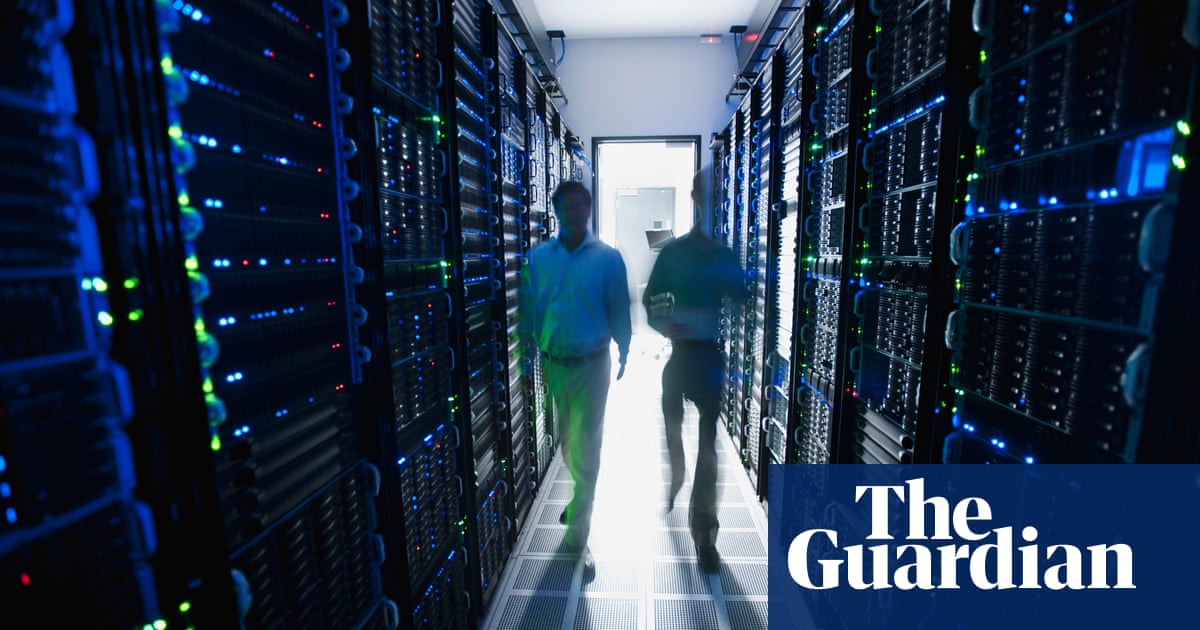
After the jump, GTG Supporters get even more links including: a huge amount of news about the worst recent impacts from climate change around the world, AI and heat wave threats to power systems, the Texas power system in shambles, Crypto PACs spending big on the US election, Climate costs contributing to inflation already, Biodiversity losses costing real human lives, and – just for fun – the “banana equivalent dose of catastrophic nuclear accidents.”






